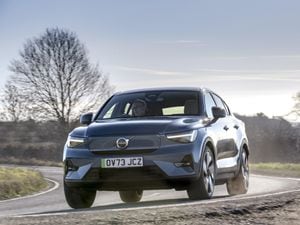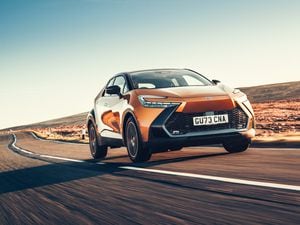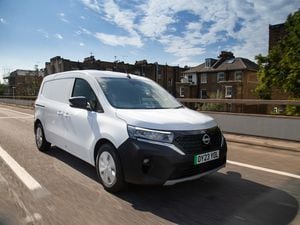The Seat Ateca proves to be a cyclist’s best friend
Jack Evans has put the Seat Ateca through its paces as a cycle support car. How did it get on? Let him explain.
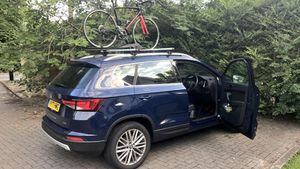
As you may have noticed, car manufacturers are keen to promote their vehicles as part of an overall ‘lifestyle’. Why not take your SUV surfing? Or hop into your estate and hit the slopes?
Usually, I wouldn’t go along with this. Cars are multi-purpose, I’ll admit – but I’ve never felt the inescapable need to take up hang-gliding
Well, for once, I’ve gone full lifestyle, and thankfully the Seat Ateca has performed admirably.
I took part in the South Wales Velothon recently – an 87-mile cycle ride from Cardiff, through Monmouthshire and back – taking in some of the steepest hills that the area has to offer.
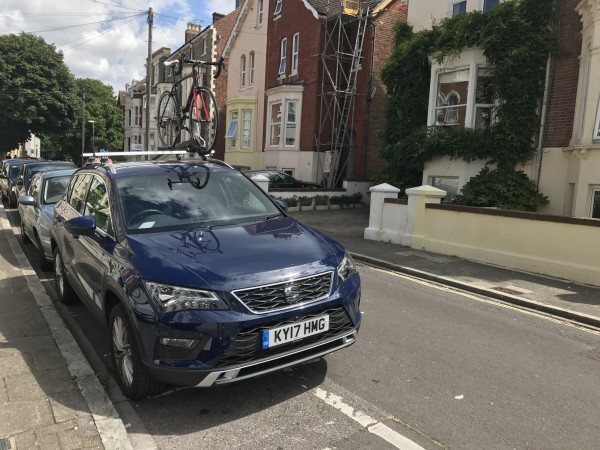
Suffice to say, I was hoping that the Ateca would make the sections either side of the ride as easy as possible, and it didn’t disappoint.
The bike rack that came fitted with the car on delivery proved to be something of a godsend, making it easy to fit my road bike to the top of the car. With just three contact points – an arm that latches on to the cycle’s frame, as well as two ratchet straps for either wheel – you’d think it wouldn’t be all that stable. However, the bike barely wobbled when travelling down the motorway at 70mph – and there wasn’t too much wind noise, either.
That left the rest of the car for all the little bits – tyres, helmets and bike pumps – as well as one extra bike for a fellow rider. I was genuinely staggered by how much you could fit in it – with the deep side bins providing ample room for water bottles, too.
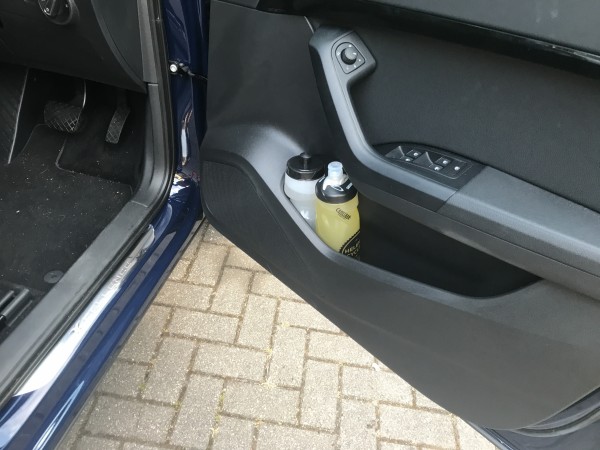
Cycle event finished, I have to admit I was a little worse for wear. Legs aching, I wasn’t looking forward to the journey back from Usk in Monmouthshire to Portsmouth. However, with its adaptive cruise control set to a steady 70mph, the Ateca whisked me homewards without the merest hint of protest – something both I and my legs were pleased about.
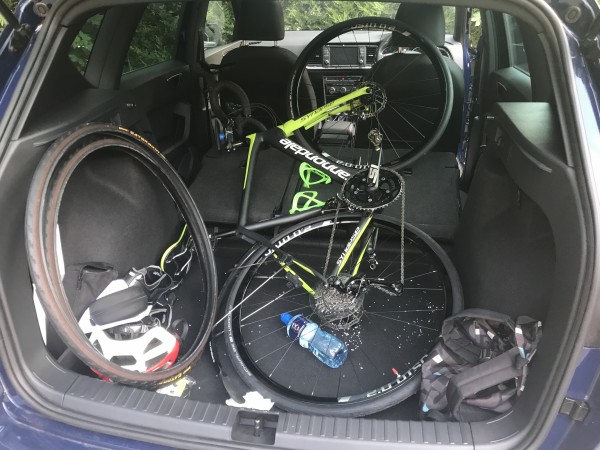
Did it hamper economy? Well, during regular driving I see the low 40s, and this is with a mixture of urban and motorway driving. This trip, with the roof bars fitted, included 240 miles of motorway, with around 25 miles of city driving thrown in for good measure. It used pretty much the entire tank – and this cost just shy of £60 to fill up. I see that as pretty good value – although I reckon that the roof bars affect the car’s fuel-sipping abilities a fair amount.
One issue reared its head, though, when we drove through a sudden downpour. For some reason, the car’s adaptive cruise control – which uses lasers to sense the distance between itself and the car in front – disabled itself. When it did finally come back on, it became confused by the masses of spray conjured up by the cars in front. It’s something that you really don’t expect, and leaves you having to manage the throttle yourself. Hardly a chore, but irritating when you know that the car’s technology is letting the side down.
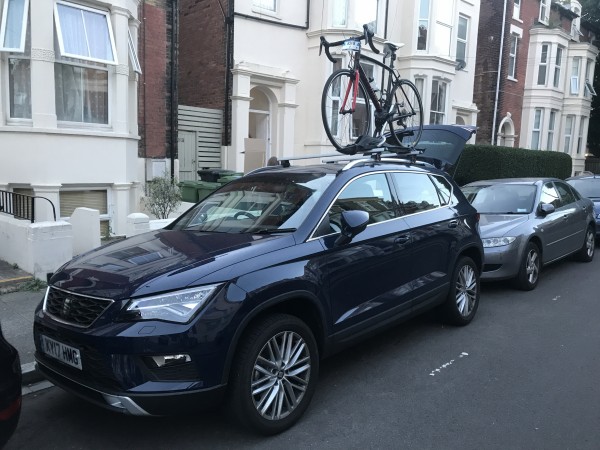
Overall, the Ateca has proved to be a pretty cracking all-rounder. I drove past a fair amount of Tiguans – the Ateca’s sister car – and I’d put my neck out and say the Seat looks the better of the two. I’ll admit the colour that our car is in doesn’t do it a huge amount of favours, but it’s just powerful enough to give it plenty of presence on the road – though many of my colleagues continue to knock my choice!



